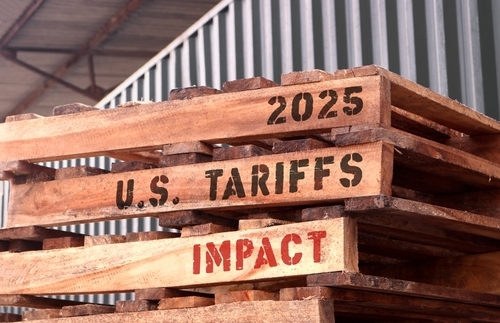According to eMarketer, U.S. online advertising spending is expected to drop this year for the first time since 2002. The good news is that an upswing is expected early in 2010.
The company’s recent report, simply titled “U.S. Ad Spending,” shows that online ad spending in the U.S. is expected to reach $22.4 billion in 2009, a 4.6 percent decline from $23.4 billion in 2008, when online ad spending rose 10.6 percent from the previous year.
In 2010, eMarketer projects U.S. online ad spending to reach $23.6 billion, which would reflect a 5.5 percent jump from 2009.
This figure is forecasted to reach $25.2 billion in 2011, a 6.8 percent increase from 2010, eMarketer projects U.S. online ad spending to reach $23.6 billion, which would reflect a 5.5 percent jump from 2009.
This figure is forecasted to reach $25.2 billion in 2011, a 6.8 percent increase from the previous year. In 2012, eMarketer predicts online ad spending to reach $28.3 billion, a 12.3 percent increase.
The company foresees this number hopping up to $31.0 billion in 2013, and $34.0 billion in 2014.
Search was the format that gobbled up the majority of U.S. online advertising, or $10.8 billion in 2009. Banner ads were second with $4.8 billion, followed by classifieds with $2.2 billion, lead generation with $1.5 billion, rich media with $1.5 billion, video with $1.0 billion, sponsorships with $313 million and e-mail with $268 million.
All formats except for classifieds are expected to rise in 2010 and beyond, according to eMarketer’s estimates.
The bigger advertising picture is less rosy, according to the company. Total media advertising in the U.S. is expected to decline 14.6 percent in 2009, which follows a 6.4 percent drop in 2008.
The bottom of the barrel will be seen in 2010, when total media ad spending is expected to shrink 0.5 percent.
In 2011, eMarketer expects this figure to rise 0.3 percent, followed by 2.4 percent growth in 2012, 0.6 percent growth in 2013 and 2.7 percent growth in 2014.
Source:



